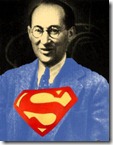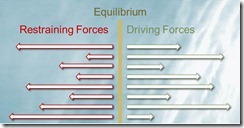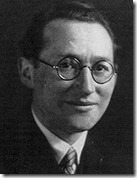 There are lots of models for how to improve learning and, in the management training arena, The Kolb learning cycle and the work of Peter Honey and Alan Mumford on learning styles are well known. Less so is the work of American educationalist, Dr Bernice McCarthy.
There are lots of models for how to improve learning and, in the management training arena, The Kolb learning cycle and the work of Peter Honey and Alan Mumford on learning styles are well known. Less so is the work of American educationalist, Dr Bernice McCarthy.
McCarthy taught at all grade levels, including special education, and went on to study for her doctorate at Northwestern University. There, she developed her model to help design instructional programmes for all types of learners. She drew on research by Carl Jung, Jean Paiget, Lev Vygotsky, John Dewey, Kurt Lewin and David Kolb to create a system that moves learners through the complete learning cycle using strategies that would appeal to all learners. Her business is called About Learning.
4MAT
McCarthy developed her system to format a lesson according to how the needs of learners changes as they go around the learning cycle, so she called it the 4MAT System (get-it?). The 4MAT System began in education but she quickly spread it into adult training in the corporate and government sectors.
Relationship to other models
4MAT shares with Kolb the idea of a learning cycle with distinct modes of learning at each stage. It also recognises, as the Honey and Mumford model does, that we each learn in a number of ways and that we may have preferences for one or more styles.
The 4MAT System
The 4MAT System is based on two continua: perceiving and processing. The processing continuum ranges from reflection to action; whilst perception runs from direct experience to abstract conceptualisation.
Why?
We want to understand meaning and purpose, and the instructor’s role is to make connections between the material and the learners, to engage their attention.
What?
Only when we are satisfied about relevance are we ready to know ‘What?’ At this stage, the trainer provides information and satisfies our desire for facts, structure and theory.
These first two phases represent instructor-led learning. Now the learner takes over.
How?
Once we have the knowledge, we ask ‘How?’ and we want to understand how we can apply our new insights to the real world. We focus on problems and how we can use our learning to solve them.
What if?
Finally, we want to try it out, so we ask questions like ‘What if?’ ‘What else?’ or ‘What next?’ This is when we engage in active experimentation, trial and error, pushing at the boundaries – learning by doing.
Why? (again)
Good instructional design challenges learners to reflect on the outcome of their trials and ask ‘Why?’ about the results.
- Why did it not go as I expected?
- Why did it seem harder than it should?
This is the entry into another cycle.





 The Managing Change Pocketbook
The Managing Change Pocketbook

